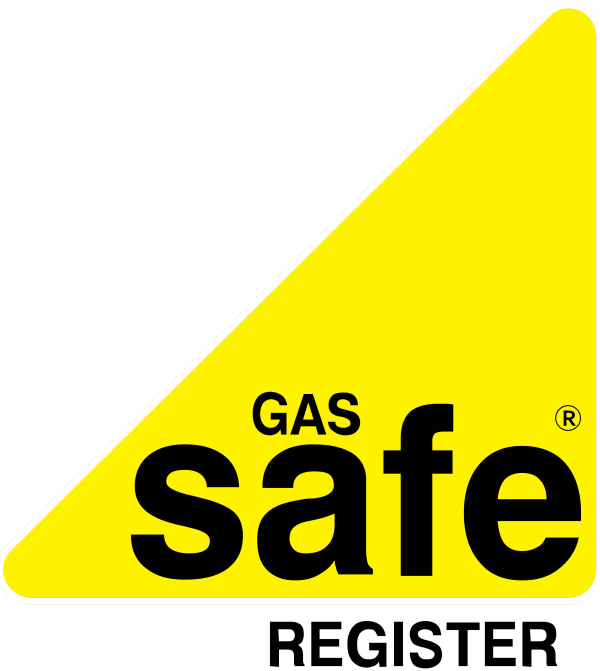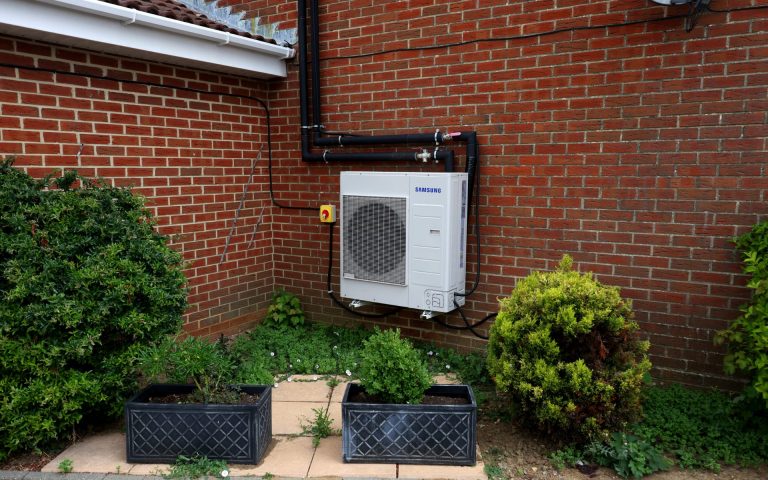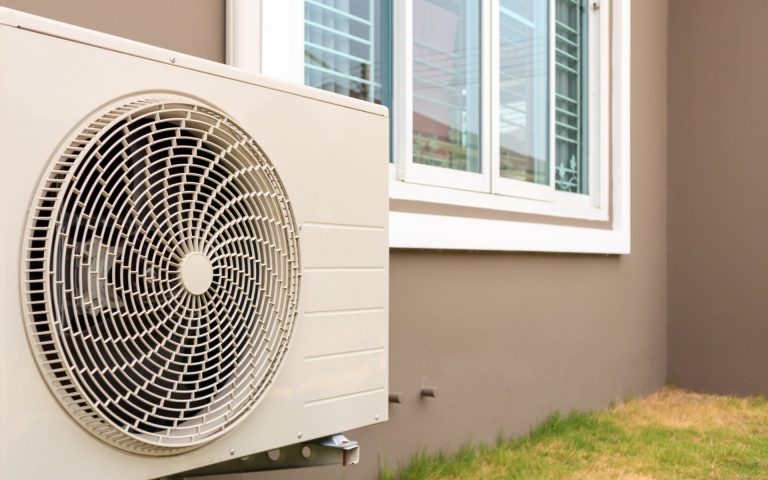There has been a lot of talk recently about Heat Pumps and how they are a more sustainable alternative for heating our homes. The thinking is that they will help to replace heating methods like oil and gas that negatively affect the environment.
How do Heat Pumps work?
Heat pumps can be a brilliant way of heating and cooling. You can find out more about Ground Source Heat Pumps, Air Source Heat Pumps and Hybrid Heating Systems in our previous blogs, but basically they heat and cool through the use of a refrigerant which is a fluid chemical compound.
This refrigerant fluid can both absorb heat as well as produce heat within the Heat Pump system. How efficient a Heat Pump is depends on the type of refrigerant used. Heat Pumps can use various refrigerants – Both natural and synthetic.
There are many factors that influence which refrigerant option is chosen, and each one has its own advantages and disadvantages. Some UK Heat Pumps use CO2, some use synthetic refrigerants called HFC’s. It’s important to consider that some HFC’s harm the environment, especially if there is leakage from the pump. In comparison to using CO2, the impact of HFC’s on the environment can be 3000 times greater.
When determining which refrigerant to use in a Heat Pump you need to consider:
– Investment costs
– The installation size that is required for the home
– Safety
– Permits
What actually is a refrigerant and how does it work?
As we said above, a refrigerant is a fluid chemical compound that is able to quickly change form from liquid to gas.
The most common type of refrigerant used in Heat Pumps is R-410A and is designed to replace R-22 (an HCFC gas otherwise known as freon that was phased out by the end of 2020 due to its harmful effects on the environment and ozone layer – It has been banned in new appliances since 2004).
The reason why refrigerant is an effective component for heat exchange is because it can change quickly between a gas and a liquid. The process moves heat from one location to another. Remember – Refrigerants don’t create heat or cold, they just transfer them.
To make a room feel cooler, the refrigerant absorbs thermal energy from the air as it evaporates inside. It then releases this heat elsewhere through condensation. This process is reversed for Heat Pumps.
Types of Refrigerants
CFC’s and HCFC’s
CFC’s (halocarbons) and HCFC’s (hydrohalocarbons) are the traditional used refrigerants and have been used for a long time. Unfortunately research showed that these were very bad for the environment due to their ozone depletion and global warming potentials. This led to them being phased out.
HFC’s
HFC’s (F-gases of Flourinated gases) were developed instead. However, whilst they don’t deplete the ozone layer, they do have high Global Warming Potential values so still contribute to global warming. HFC’s did still replace many CFC and HCFC in many products.
Natural Refrigerants
Natural refrigerants are based on substances that already exist in the natural environment. The great thing about natural refrigerants are that they generally have a low impact on the environment globally and zero or close to zero levels of Ozone Depletion and Global Warming Potential. Natural refrigerants are a fantastic option for long term replacement of more harmful HFC’s, but do still have their own challenges to overcome.
The current natural refrigerants available are Carbon Dioxide, Ammonia, Hydrocarbons, Air and Water.
Refrigerants and Heat Pumps
The Heat Pump works with the refrigerant by compressing it so it passes through all inside and outside parts. It absorbs the heat from outside and transfers it inside.
The refrigerant is vital for the heating process to work – If there is any loss or leakage of refrigerant the heating system is at risk.
What is the difference between modern refrigerant and CFCs
CFC’s are bad for the ozone layer
We’ve heard a lot in the past about CFC’s and how harmful they are to the atmosphere. CFC’s are Chlorofluorocarbons, harmful chemicals which can be flammable. Heat Pumps have used Freon, or R-22 which is a safe mix. However, R-22 is a HCFC as we said above and has been phased out due to its damaging effects.
The most common refrigerant is R-410A (an HFC) which has replaced R-22, this previous CFC mixture.
The man-made degradation of the ozone layer is largely down to ozone-depleting halogenated substances like CFC’s.
Do modern refrigerants have less effect on global warming?
The modern refrigerants that we use with today’s Heat Pumps are
- Chlorine free
- More energy efficient
- Cost effective.
Thankfully, these modern refrigerants have much less of an effect on the environment.
Any home with a Heat Pump using R-22 should be aware that ongoing maintenance could be tricky and expensive due to the difficulty getting R-22 stock as well as having to pay high prices. Despite R-22 being banned, this ban doesn’t affect homeowners who want to carry on using their current R-22 Heat Pump system. But they should be aware of the problems that could arise if their system needed to be re-supplied with R-22.
Where does CO2 come in?
In marine and industrial use of refrigerants, Carbon Dioxide is already being used – It’s old news! For this reason, it has been proposed as a natural alternative refrigerant to CFC’s and HCFC’s.
The pros of using CO2 include:
- Being non-flammable
- Having zero Ozone Depletion Potential (compared to CFC’s and HCFC’S)
- Having marginal Global Warming Potential
You might be thinking – Hang on, isn’t CO2 a significant contributor to global warming? Well, it’s effect as a refrigerant is actually insignificant. The industrial applications and manufacturing processes using CO2 are what make it harmful to the environment.
The more stringent environmental regulations become, the more likely we will move towards CO2 being one of the best available refrigerants.
CO2 Heat Pumps are currently available in the UK and can help towards a green transformation towards heating and cooling, reducing carbon footprints.
So do Heat Pumps affect emissions?
Heat Pumps can contribute to emissions, particularly through refrigerant leakage during operation as well as when they are no longer in use and got rid of.
The impact of this refrigerant loss will of course depend on the type of refrigerant used as discussed above.
Whilst there are still impacts to the environment to consider, the move towards more sustainable heating options will undoubtedly include Heat Pumps and more environmentally-friendly refrigerants.






